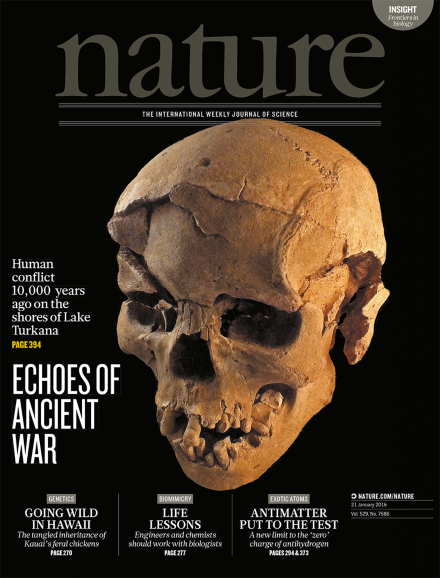Volume 529 Issue 7586, 21 January 2016
Editorial
World View
Research Highlights
Social Selection
Seven Days
News
News Feature
Comment
Books & Arts
Correspondence
Obituary
News & Views
Introduction
-
Frontiers in biology
Insight:
Review Article
Article
Letter
Technology Feature
-
Finding function in mystery transcripts
Collection:

